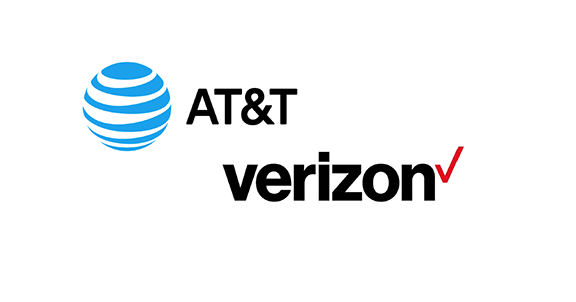
BY BRADEN CARTWRIGHT
Daily Post Staff Writer
The city of Los Altos is backing off its strict rules on cell antennas, but Verizon and AT&T aren’t satisfied with a new ordinance, which legally must allow them to improve their network.
The battle over new cell antennas in Los Altos is playing out in a similar way in cities across the United States. Residents are against the new antennas because they say they are ugly, create noise and emit radio emissions. But the Federal Communications Commission has given cities little leeway in denying cell antenna applications. Cities can create clear design rules, but they’re not allowed to deny applications based on radio emissions or stop cell companies from meeting a need.
The cell antennas, or “nodes” are usually installed on top of existing power poles or streetlights, along with a box of equipment mounted to the pole.
In 2019, Los Altos passed on ordinance with broad support banning cell antennas in residential areas and within 500 feet of schools.
The Los Altos City Council then rejected 12 applications from AT&T and one from Verizon because they didn’t meet thosee rules. In response, both cell companies sued in federal court, arguing the denial wasn’t based on evidence.
That lawsuit is still pending, while consultants hired by the city worked on a new ordinance. The new ordinance, which was reviewed by the Los Altos Planning Commission on Thursday, says that cell nodes can go in residential streets as long as they are near a main road, within 200 to 500 feet. The city is mapped to show where the cell towers are allowed.
Dozens of residents wrote in asking the city to keep its original ordinance and ensure no cell antennas are placed close to schools and homes. The cell towers are visually unappealing, their cooling fans make noise, and they have a “refrigerator’s worth of equipment,” including lithium batteries on wooden poles that could potentially burn down a neighborhood, residents said.
Form letter
Many residents sent the same form letter that said cell antennas reduce property values, and a study found 94% of homebuyers wouldn’t purchase a home near a cell tower.
The new ordinance says the city will grant exceptions if a cell company has evidence they need a site in a residential neighborhood to eliminate a significant gap of coverage. The company would have to demonstrate that they couldn’t install a node somewhere else, relocate an existing node or co-locate with another carriers’ node, the ordinance says.
The ordinance has several other restrictions on things like height, noise and design.
Attorney Deborah Fox, who is representing the city against AT&T and Verizon, said the ordinance is “state of the art” and she is confident that it meets federal law. But cell companies weren’t satisfied.
Rules called vague, unreasonable
Paul Albritton, a lawyer for Verizon, wrote a 10-page letter calling for major parts of the ordinance to be deleted. He said the rules are vague, unreasonable and overstep the city’s authority.
The FCC, not Los Altos, determines if cell antennas are needed, Albritton said. Many of the cities prohibitions should instead be preferences, he said.
An attorney from AT&T said he had many of the same concerns.
Fox said she doesn’t know what would happen to AT&T and Verizon’s lawsuits if Los Altos passes the new ordinance. She said the city hopes a judge would decide that a ruling is no longer needed, but she suspects that the cell companies will still want a Judge Edward Davila to order their permits be approved.
Davila took motions from both sides without oral arguments in December, and the parties are awaiting a ruling. No court dates have been scheduled.
The planning commission will continue discussing the ordinance on March 17 before sending a recommendation to city council.

This subject really attracts the 5G loons. The people pushing these rules, which now have to be rolled back, are those who believe in government conspiracies and space aliens. Los Altos learned a hard lesson that they need to ignore these types.